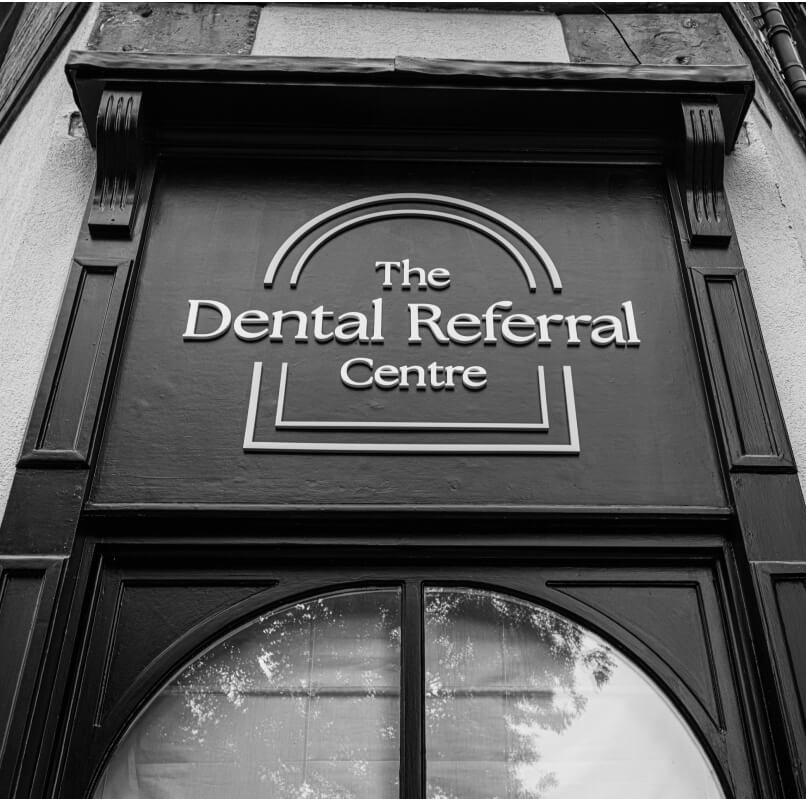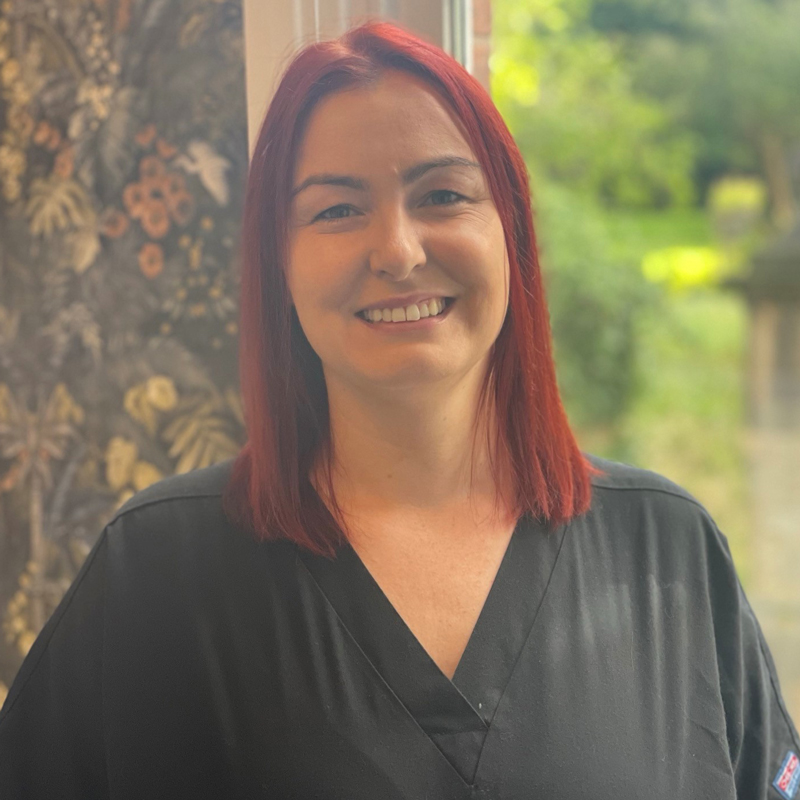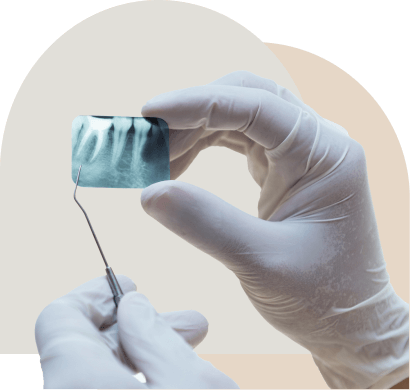SPECIALIST PERIODONTISTS
Periodontal Disease: the silent tooth disease.

Keen to find out more? Get in touch and we’ll have a chat | 01246 417 893
Risk factors
Factors that can increase your risk of periodontitis include:
- Gingivitis
- Poor oral health habits
- Smoking or chewing tobacco
- Hormonal changes, such as those related to pregnancy or menopause
- Recreational drug use, such as smoking marijuana or vaping
- Obesity
- Inadequate nutrition, including vitamin C and D deficiency
- Genetics
- Certain medications that cause dry mouth or gum changes
- Conditions that cause decreased immunity, such as leukemia, HIV/AIDS and cancer treatment
- Certain diseases, such as diabetes, rheumatoid arthritis and Crohn’s disease
Complications
Periodontitis can cause tooth loss. The bacteria responsible for periodontitis can enter your bloodstream through gum tissue, possibly affecting other parts of your body. For example, periodontitis is linked with respiratory disease, rheumatoid arthritis, coronary artery disease and problems controlling blood sugar in diabetes.

Ongoing care and Prevention
The best way to prevent periodontitis is to follow a program of good oral hygiene, one that you begin early and practice consistently throughout life.

Good oral hygiene
That means brushing your teeth for two minutes at least twice daily — in the morning and before going to bed — and flossing at least once a day. Flossing before you brush allows you to clean away the loosened food particles and bacteria. Good oral hygiene prevents the development of an environment around your teeth that is favourable to specific bacteria that cause periodontal disease.

Regular dental visits
See your dentist or dental hygienist regularly for cleanings, usually every six to 12 months. If you have risk factors that increase your chance of developing periodontitis — such as having dry mouth, taking certain medications or smoking — you may need professional cleaning more often.
Periodontal disease is also a systemic disease that leads to inflammation in your blood vessels and is linked to diabetes and other systemic diseases.
It is important to establish a proper diagnosis and prognosis with regards to the gums as a part of any treatment.
The Dental Referral Centre delivers unparalleled expertise and care. We work with dentists from all across Yorkshire, Derbyshire, Lincolnshire and Nottinghamshire, and regularly receive referrals from further afield.
Keen to find out more? Get in touch and we’ll have a chat.
Periodontology Team
Sometimes gum disease does not respond to care in the general practice setting. This is where you need to be seen by a Specialist in Gums – A Periodontist.
A periodontist is a dentist who has for many years after becoming a dentist, studied and limited their practice to the diagnosis and treatment of gum disease. As such they have a much deeper understanding of the disease and its various manifestations.

Dr Mahomed Issa
PERIODONTAL SPECIALIST
GDC No. 114242

Dr Mahomed Issa
PERIODONTAL SPECIALIST
GDC No. 114242
Moe graduated from the University of Sheffield in 2007, Moe has been both a Speciality Doctor at Glenfield Hospital and a Clinical Teacher at The School of Dentistry, University of Sheffield.
His interest has always been in Periodontology and in 2012 he gained, with Merit, a Masters in Periodontology from the University of Sheffield. He also holds a Diploma of Membership of the Faculty of Dental Surgery (MFDS), from the Royal College of Surgeons, London, gaining entry to the Specialist List in Periodontology in 2015.
Moe’s approach is centred around patient confidence and motivation, opting for non-surgical therapy wherever possible. He is an expert in periodontal therapy and periodontal surgery, including surgical regeneration.
Outside of The Dental Referral Centre, he is a member of the British Society of Periodontology and European Federation of Periodontology.

Emma Nelson
Dental Hygiene and Therapist
Diploma in Dental Hygiene and Therapy 2020 GDC number: 162800

Emma Nelson
Dental Hygiene and Therapist
Diploma in Dental Hygiene and Therapy 2020 GDC number: 162800
Emma is our dedicated Dental Hygienist and Therapist and has been a valued member of our practice for many years. She initially joined us as a Dental Nurse and has since become an integral part of our team. In her pursuit of professional growth, Emma took the significant step of studying Dental Hygiene and Therapy at The University of Sheffield. We are incredibly fortunate that she chose to return to our practice after her studies in 2020. Emma now works closely with Moe and Mike in the implant and periodontal departments, in addition to providing exceptional care to our regular patients. Emma also offers direct access appointments, allowing patients to see her without needing a prior consultation with a dentist.
Emma has recently begun co-hosting lectures at our practice, sharing her expertise with other dental professionals.
Her dedication and expertise make her a true asset to our team.
Speak to us today 01246 417 893
ENQUIRE
FIND US
Address:
The Dental Referral Centre
55 Chesterfield Road
Dronfield, Derbyshire
S18 2XA
Opening Hours:
Mon - Fri 8.30am - 5.30pm
Email: info@sgdc55.com

